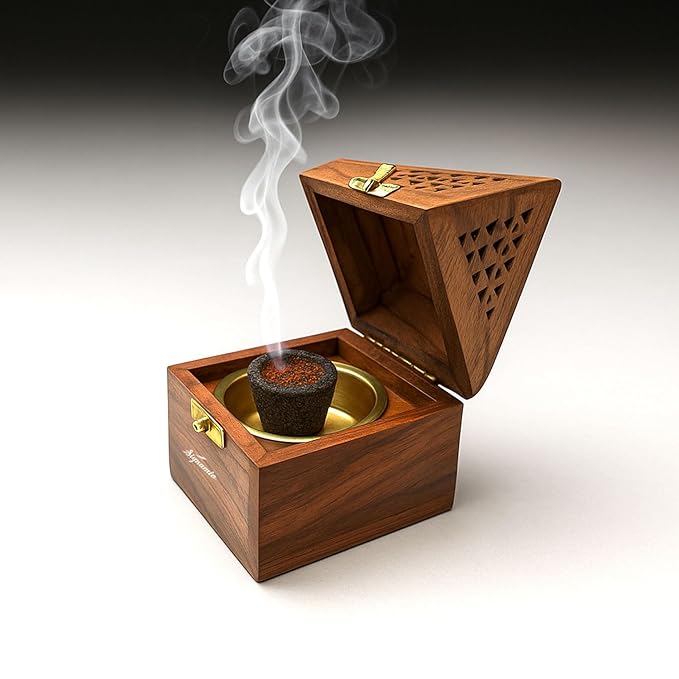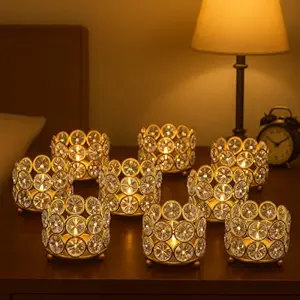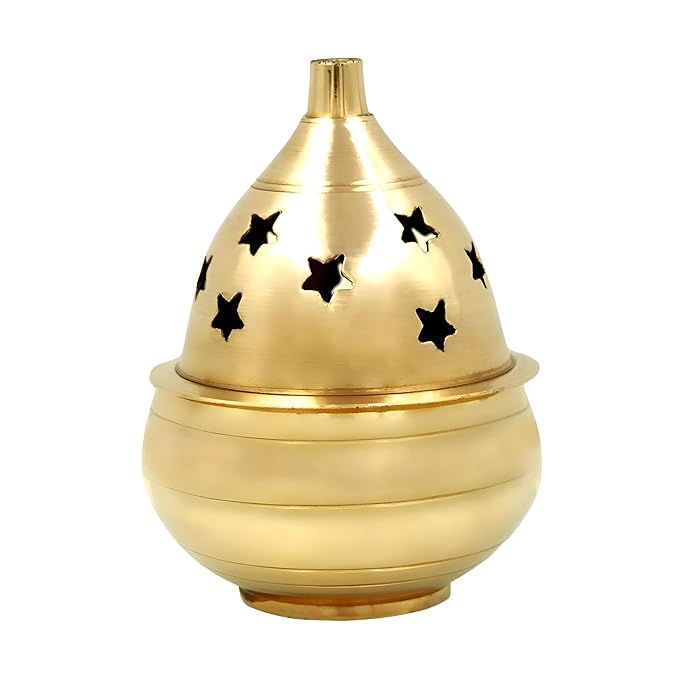અંબા રમે જગદંબા રમે,
આરાસુર વાળી અંબા રમે
હે.. ખમકારા કરતી ખોડલ આવે,
સાથે બેનડીયું લઈ આવે
હે.. રાજપરા વાળી માડી રમે,
આરાસુર વાળી અંબા રમે…
ચોટીલા થી ચામુંડ આવે,
સાથે જોગણીયુ લઈ આવે
હે.. માડી પાચળ ના પળવાળી રમે,
આરાસુર વાળી અંબા રમે
અંબા રમે જગદંબા…
અંબાજી થી અંબાજી આવે,
સાથે સરખી સહેલી લાવે
હે.. માડી આશાપુરી ના ચોકે રમે,
આરાસુર વાળી અંબા રમે
અંબા રમે જગદંબા…
Overview of “Amba Rame Jagdamba Rame”
Song Title Meaning
“Amba Rame Jagdamba Rame” refers to the dancing (Rame) of the Divine Mother Amba / Jagdamba, celebrating her playful glory in the Garba tradition.
Origins & Tradition
This Garba song is rooted in Gujarati devotional tradition, especially Navratri, invoking Goddess Amba (also called Jagdamba) in folk music and dance. :contentReference[oaicite:0]{index=0}
When it's sung
It is performed during Garba nights of Navratri, usually in the evening or night gatherings, when devotees assemble to dance and sing together under decorative lighting. :contentReference[oaicite:1]{index=1}
Language & Lyrics
The lyrics are in Gujarati. The words evoke divine imagery, local geography, color symbolism, and the emotional bond between devotee and Goddess. :contentReference[oaicite:2]{index=2}
Prayer & Devotion Theme
Besides being a dance song, it serves like a prayer, expressing faith in the Goddess’s protection, invoking her name, asking for her presence, seeking blessings. :contentReference[oaicite:3]{index=3}
Lyrics Structure & Style
Refrain / Chorus Patterns
The song uses repeats like “Amba Rame Jagdamba Rame” as a refrain or chorus that dancers and singers can join in, enhancing participation. :contentReference[oaicite:4]{index=4}
Imagery & Metaphors
Lyrics include imagery of night skies, flowers, garlands, and divine light. For instance, references to “આકાશમાંથી ઊતર્યા”, “ચંદન ઢોળાય”, etc. :contentReference[oaicite:5]{index=5}
Rhythm & Beat Indicators
”Garba” songs often have lines that indicate where the dance steps sync with lyrics; this song has rhythmic cues in its lyrics that match dance movements. :contentReference[oaicite:6]{index=6}"
Emotional Progression
It begins with invocation (“Amba Rame…”), moves into pleas and celebration, then builds to full devotional fervor — a common structure in Garba devotional songs. :contentReference[oaicite:7]{index=7}
Local Flavor & Dialect
Use of Gujarati local words, references to villages, colors, festivals, which helps connect with local listeners. It enhances authenticity. :contentReference[oaicite:8]{index=8}
Musical & Performance Elements
Instruments Used
Traditional Garba instruments accompany this song such as dhol, manjira, maybe tabla or hand percussion, to create rhythm for dancers. (Common in Garba tradition.) :contentReference[oaicite:9]{index=9}
Dance Movements
The choreography usually includes circles, hand claps, rhythmic footwork, spinning, stepping patterns that match lyric flow. The physical movement enhances the devotional mood. :contentReference[oaicite:10]{index=10}
Tempo & Mood
Tempo likely starts moderate, with mood shifting from gentle invocation to energetic dance and joy. Lighting, instruments, and tempo build up during the performance. :contentReference[oaicite:11]{index=11}
Audience Participation
Chorus parts, clapping, repeating refrains allow the crowd to join in. This participation is key in making Garba communal. :contentReference[oaicite:12]{index=12}
Visual & Costume Aspects
Bright Ghagra-Choli, lots of color, mirror work, lights, decorative dupattas. Appearance contributes to festivical experience. Traditional jewellery. Garba nights are colorful. :contentReference[oaicite:13]{index=13}
“Amba Rame Jagdamba Rame” refers to the dancing (Rame) of the Divine Mother Amba / Jagdamba, celebrating her playful glory in the Garba tradition.
This Garba song is rooted in Gujarati devotional tradition, especially Navratri, invoking Goddess Amba (also called Jagdamba) in folk music and dance. :contentReference[oaicite:0]{index=0}
It is performed during Garba nights of Navratri, usually in the evening or night gatherings, when devotees assemble to dance and sing together under decorative lighting. :contentReference[oaicite:1]{index=1}
The lyrics are in Gujarati. The words evoke divine imagery, local geography, color symbolism, and the emotional bond between devotee and Goddess. :contentReference[oaicite:2]{index=2}
Besides being a dance song, it serves like a prayer, expressing faith in the Goddess’s protection, invoking her name, asking for her presence, seeking blessings. :contentReference[oaicite:3]{index=3}
The song uses repeats like “Amba Rame Jagdamba Rame” as a refrain or chorus that dancers and singers can join in, enhancing participation. :contentReference[oaicite:4]{index=4}
Lyrics include imagery of night skies, flowers, garlands, and divine light. For instance, references to “આકાશમાંથી ઊતર્યા”, “ચંદન ઢોળાય”, etc. :contentReference[oaicite:5]{index=5}
”Garba” songs often have lines that indicate where the dance steps sync with lyrics; this song has rhythmic cues in its lyrics that match dance movements. :contentReference[oaicite:6]{index=6}"
It begins with invocation (“Amba Rame…”), moves into pleas and celebration, then builds to full devotional fervor — a common structure in Garba devotional songs. :contentReference[oaicite:7]{index=7}
Use of Gujarati local words, references to villages, colors, festivals, which helps connect with local listeners. It enhances authenticity. :contentReference[oaicite:8]{index=8}
Traditional Garba instruments accompany this song such as dhol, manjira, maybe tabla or hand percussion, to create rhythm for dancers. (Common in Garba tradition.) :contentReference[oaicite:9]{index=9}
The choreography usually includes circles, hand claps, rhythmic footwork, spinning, stepping patterns that match lyric flow. The physical movement enhances the devotional mood. :contentReference[oaicite:10]{index=10}
Tempo likely starts moderate, with mood shifting from gentle invocation to energetic dance and joy. Lighting, instruments, and tempo build up during the performance. :contentReference[oaicite:11]{index=11}
Chorus parts, clapping, repeating refrains allow the crowd to join in. This participation is key in making Garba communal. :contentReference[oaicite:12]{index=12}
Bright Ghagra-Choli, lots of color, mirror work, lights, decorative dupattas. Appearance contributes to festivical experience. Traditional jewellery. Garba nights are colorful. :contentReference[oaicite:13]{index=13}


